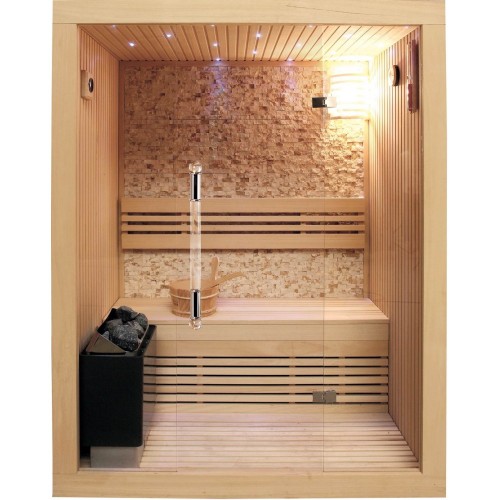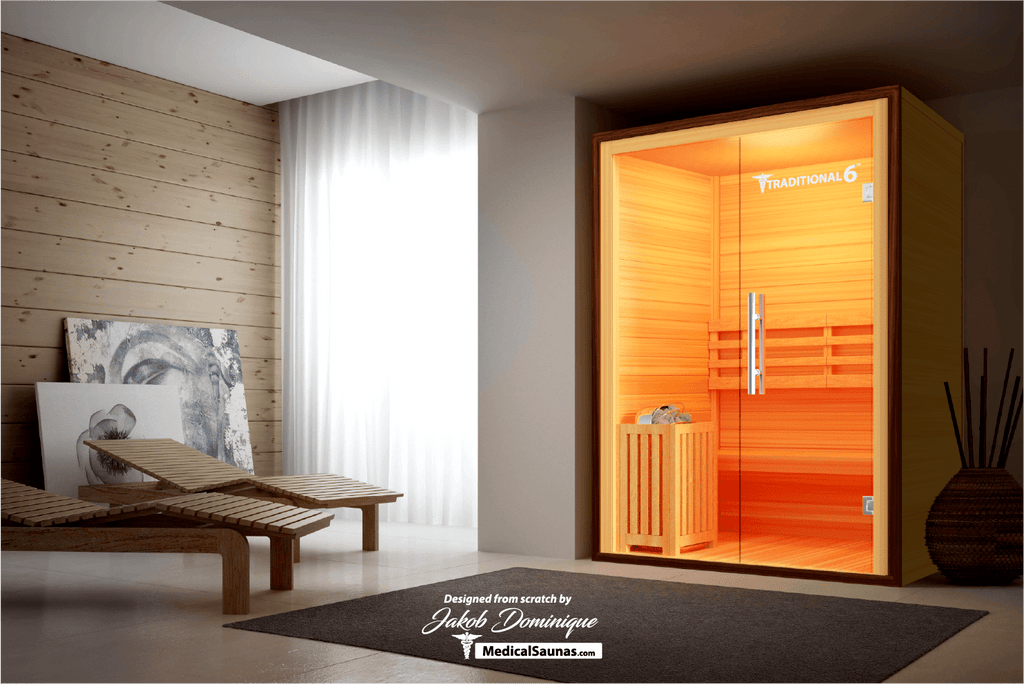Top Guidelines Of Traditional Sauna
Top Guidelines Of Traditional Sauna
Blog Article
Traditional Sauna Fundamentals Explained
Table of ContentsRumored Buzz on Traditional SaunaIndicators on Traditional Sauna You Should KnowOur Traditional Sauna DiariesSome Known Incorrect Statements About Traditional Sauna Traditional Sauna Things To Know Before You Buy
A lot of the weight lost in a sauna is water loss and is re-gained upon rehydrating. Without an uncertainty sauna can be a crucial part of a healthy and balanced weight loss program. To look at the differences between standard and IR saunas, I will certainly divide these into proven, theoretical, and made differences.Thus, the hottest point in the saunawhich goes to the ceiling straight above the sauna heateris normally between 185 and 190 F. Claims that a standard sauna goes beyond 200 F is just not real and not relevant for electrical saunas sold in the US. The temperature for a far-infrared sauna is generally set in between 120 and 140 F; nevertheless, unlike the typical sauna, the goal in and IR area is not to achieve a heat.
Due to this, the temperature difference is almost unnecessary, given that profuse sweating leads to both sauna types, but the approach of heating up the body is different. In an IR sauna the bather will certainly feel hot and will sweat a lot, but at much lower temperature levels (Traditional Sauna). Thus, if the goal is to invest longer time periods in the sauna, the IR sauna is a great choice
When a traditional sauna has been properly heated up, the sauna wall surfaces are warm, the air temperature level has achieved established temperature level and the rocks are very heated. As an intriguing side note, the heated walls and the rocks are producing far-infrared warm, integrated with the heated air, to develop an "enveloping warm".
Traditional Sauna Can Be Fun For Everyone

When the heat is achieved, the aspects cycle on and off to preserve the high temperature. Many standard sauna individuals take pleasure in putting water over the rocks to develop steam to elevate sauna moisture degrees. The benefits of putting water over the rocks consist of: making the space a lot more comfortable, dampening the nasal passages, and allowing the use of aromatherapy by mixing vital oils with the water.

When the energy gets in the body, it creates the body temperature to boost and eventually causes perspiration. In an infrared sauna it is essential for the emitters/heaters to remain on almost frequently. Since there is no mass of rocks to retain warmth, the sauna will certainly cool down if the emitters closed off.
As discussed above, the sauna bather in an infrared space wants to position himself in front of running emitters to get optimal take advantage of the warmth. The home heating time for both spaces can be very various, depending upon exactly how the areas are used. For a traditional sauna, a bather company website needs to permit 30-40 minutes for the space to accomplish a desired temperature level and to properly pre-heat the rocks.
10 Easy Facts About Traditional Sauna Shown
A well created sauna will typically attain a temperature level of 150-160 F in concerning 30-40 mins. For hotter temperature levels, the room might require to warm for a longer period.

Standard saunas tend to be larger (therefore utilize more power) than infrared saunas, although conventional saunas are absolutely available in one and 2 individual dimensions. For a two-person conventional sauna, 5x6 or 5x7 dimension is most preferred. The top bench can easily seat two or 3 individuals and is also long sufficient to exist down throughout the sauna session.
Examine This Report on Traditional Sauna
The ordinary cost per kWH of power in the united state is around $0.11, so a 4.5 kW heating system will certainly set you back about $.50 to run for one hour, if the heating unit runs continuously for one hour. Generally a sauna heating system will run for 75% of the first hour and 50% of succeeding hours on given that the components cycle once the established temperature is achieved.

Finally, there is a rarely gone over distinction in the social experience between the two spaces. While our culture has actually shed a few of the social benefit of the typical sauna experience, it can be extremely socially fulfilling (Traditional Sauna). From family members time in the sauna, to heart-felt discussions with better halves, to sauna partiesthe conventional sauna experience can lead to intimate mingling
Rumored Buzz on Traditional Sauna
Most greater end infrared spaces include colored light treatment, audio systems and full-glass fronts.
Report this page